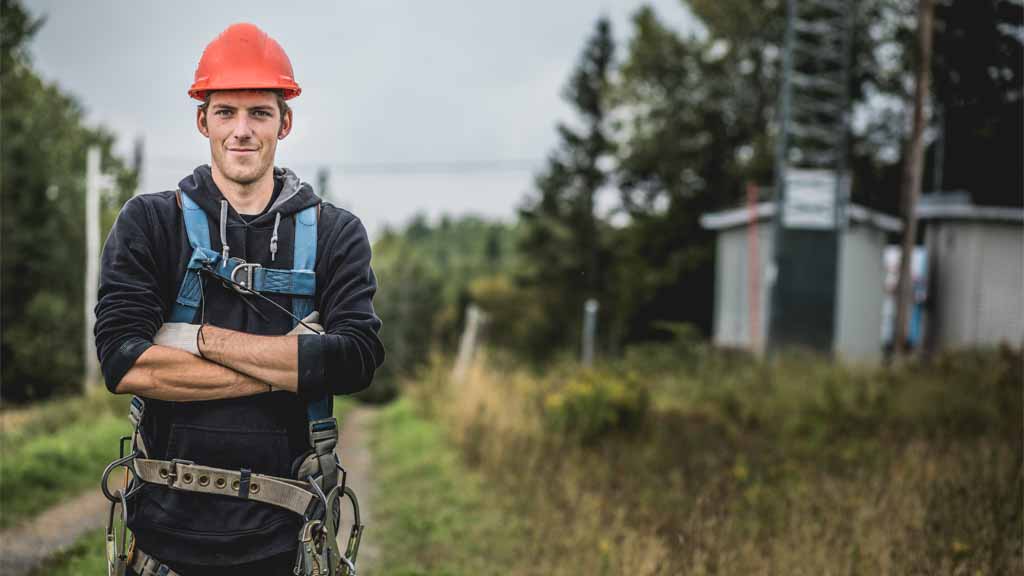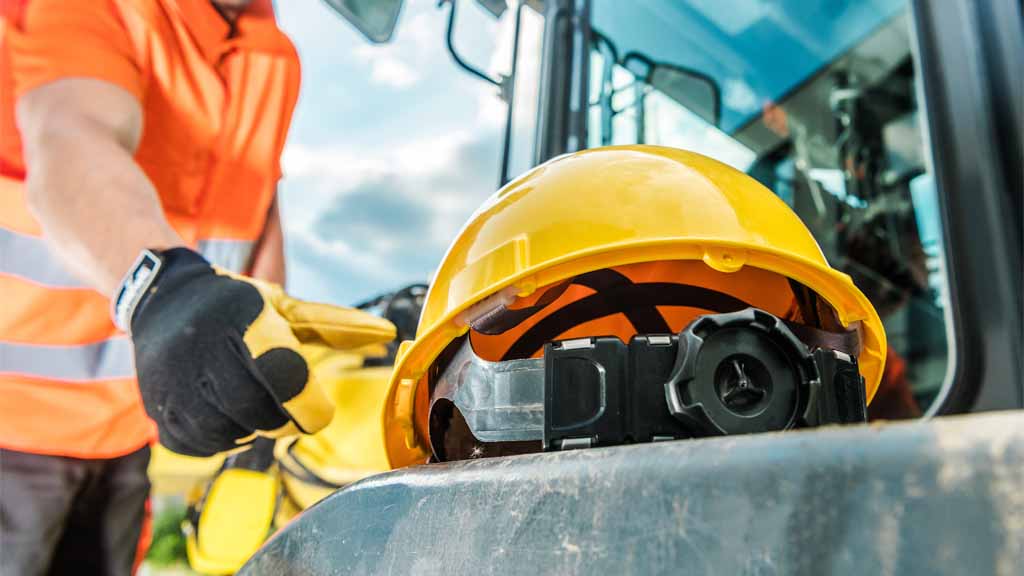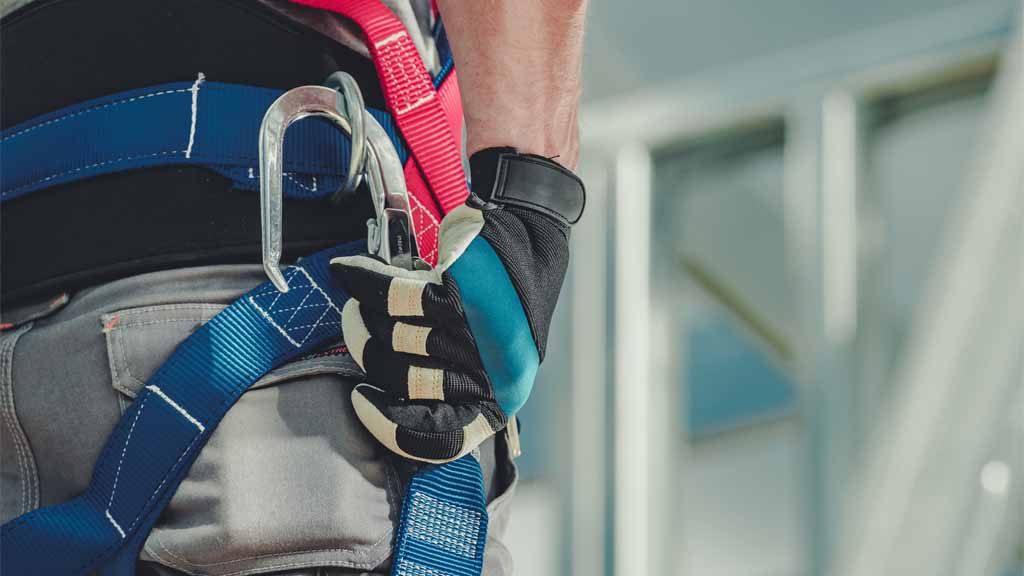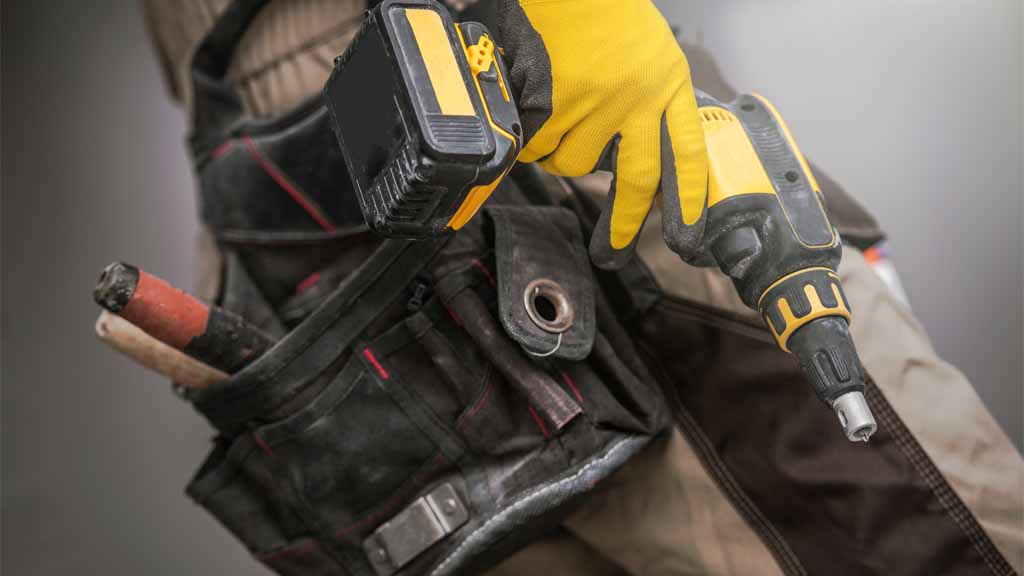
There is no doubt that roofers play a crucial role in our society, but they are also among the most dangerous. They work on the roofs of buildings to repair or replace them, and they are constantly exposed to danger.
There are many safety hazards that roofers face every day, and it is important for them to have the proper safety equipment to protect themselves. In this article, we will discuss the top safety equipment for roofers and how it can help keep them safe on the job.
What Is Safety Equipment?
As a roofer, you are constantly exposed to potential hazards. Falls from roofs, ladders, and scaffolding account for many injuries in the construction industry. Wearing the proper safety equipment for roofers can help protect you from severe injury or death.
There are several types of safety equipment that roofers should use daily:
- Always wear a fall arrest system when working on a roof or around any opening. The kit includes a harness, lanyard, and anchor point.
- To prevent slips and falls, wear non-slip shoes.
- Use warning lines and barriers to create safe work zones around your job site.
- Always use the proper personal protective equipment (PPE) when working with hazardous materials such as asbestos or lead paint.
Is Your Roof Leaking?
Job Hazards And The Importance of Safety
Safety should be the number one priority for a roofer working on a roof. Various potential hazards come with the job, such as falling off the top or being hit by flying debris. That’s why wearing the proper safety equipment, such as a harness and hard hat, is essential.
In addition to wearing the proper safety equipment for roofers, roofers must take other safety measures to stay on the job. For example, they should always be aware of their surroundings and ensure they are only working in an area with a bit of traffic. They must also be careful when using power tools and follow the manufacturer’s instructions.
Wear The Appropriate Safety Equipment
Should wear safety equipment for roofers at all times. If you work as a roofer, you must ensure that you have the appropriate safety equipment. The list includes:
- A hard hat
- Safety glasses or goggles
- Ear protection (earmuffs or earplugs)

You should wear a hardhat and safety goggles when you are working. The apron will help protect you from falling objects such as tools, or debris aprons are made from heavy-duty materials like leather and canvas.
Can wear them over regular clothes or safety vests to protect the body from injury. They’re typically made with straps around your waist and chest, so they don’t fall off while you’re working on the roof pair of steel-toed boots.
Steel-toed boots are rubber boots with a metal plate at the toe to protect against falling objects. They’re usually worn with heavy work pants or overalls and are excellent for working on a roof or in any other dangerous environment.
Is Your Roof Leaking?
Gloves
The right pair of gloves can protect your hands and help you do the job safely. You can choose them by following these tips:
- Choose the right pair for the job. If you’re working on a small roof, consider wearing thinner neoprene gloves that allow more dexterity (but protect against water). For more prominent positions, thicker leather or canvas work gloves offer more protection.
- Wash your hands after each use—and don’t forget about your face! Even if not visibly dirty, roofing materials can cause irritation and dryness if they come into contact with your skin.
- Buy quality products specifically designed for roofing work; this will ensure that they fit well and hold up under harsh conditions.
Safety Glasses Or Goggles
- Safety glasses or goggles protect your eyes from debris and dust. They should be worn when working on a roof, especially when using power tools. c can wear these safety glasses over prescription glasses if you need to do so.
- Wear protective clothing. Protective gear should always be worn on a roof, including a hard hat, safety gloves, and a fall protection harness.
- Make sure there is someone else on the roof with you. If possible, always have someone else with you when working on a top. In addition, workers can help hold down tools and move materials if needed.

Hard Hats
Whether you’re a roofer or not, it can take effort to remember all the safety gear that’s necessary for your job. But if there’s one thing you should never forget, it’s your hard hat.
Hard hats are required by law as part of the National Safety Council’s 10 Simple Steps to Safety program. They help protect against falling objects and debris and head injuries caused by falling or flying objects.
Hard hats do easy work out of keeping your head safe while climbing ladders or scaffolding, but they also come in different colors, sizes, and shapes—so finding one that fits comfortably is essential! You’ll also want to consider what material your hard hat is made of: plastic or fiberglass offers better protection than cotton canvas.
Is Your Roof Leaking?
Safety Shoes Or Boots
Best shoes for roofers or boots are vital for protecting your feet from objects that may fall off the roof. They should be sturdy materials that can withstand the weight of a falling tool, plank, or other debris. They must also be waterproof, as you may need to walk through wet grass on your way up to or down from the roof.best shoes for roofers
While it’s unnecessary to have steel-toe caps on your safety shoes or boots, they’re highly recommended if you expect to use them around heavy machinery. These boots must fit well and are comfortable enough to prevent foot pain after standing in one place all day long.
Guards For Power Tools
Should use safety guards on all power tools. The purpose of a safety guard is to protect you from flying debris, so if you’re using it, it’s doing its job. Safety guards can be purchased online or in hardware stores and come in different sizes depending on the tool they are meant to cover. If your hard hat doesn’t have a built-in safety guard for your saw, you buy one separately.
When working with any power tool, ensure your safety guards are clean and intact before beginning work each day because it is more comfortable and safer to wear a clean helmet than one covered in dust from the previous day’s work! If any part of your helmet becomes worn or damaged during use, replace it immediately.

Harness And Lifeline
A harness and lifeline are essential safety equipment for roofers required by roofing regulations. The purpose of a saddle is to prevent a worker from falling off a roof and injuring themselves in the process. A proper-fitting harness should be snug but comfortable enough not to restrict movement or cause chafing or rubbing.
The lifeline is attached to the worker’s harness and secured at both ends with carabiners (also called snap hooks). As long as they don’t get too far from their anchor point, they can move around safely on the roof without worrying about falling off.
Your shoes or boots should also be slip-resistant. You may get injured while trying to walk across your roof if they’re not. They should also have a treaded sole that’s firm enough to hold onto wet surfaces and prevent you from slipping off the roof’s edge.
Is Your Roof Leaking?
Guardrail Systems
To stay safe, roofers should wear a harness and lifeline. It is the best way to keep you from falling off the roof. You should also use a guardrail system, a safety net that can catch you if you fall. Even if you don’t fall, it will stop any debris or tools from hitting anyone below your height on the ground.
You can get these items at any hardware store and some specialty stores that sell high-quality safety equipment for roofers:
- Safety belt to wear around your waist
- Ladder (to climb up onto the roof)
- Roofer’s belt a belt with hooks on each end so that tools can be attached to it
When using your saw, keep safety guards in place at all times. You are more likely to get hurt if you cannot see what is happening on either side of the blade. Keep them from interfering with your vision while working.

Tool Pouches, Belts, And Aprons
Tool pouches and belts are a must for roofers. They allow you to access tools quickly, keeping them within arm’s reach as you work on the roof. Tool pouches are worn around your waist and can hold up to 100 pounds of equipment.
They’re easy to move around, even when you’re climbing or kneeling on the ground, making it easy for you to get any tool you need in an instant.
Aprons are another essential safety item for roofers because they protect the body from falling debris or sharp tools like hammers and chisels that could cause injury if they hit someone.
The purpose of a harness is to prevent a worker from falling off a roof and injuring themselves in the process. A proper-fitting harness should be snug but comfortable enough not to restrict movement or cause chafing or rubbing.
The lifeline is attached to the worker’s harness and secured at both ends with carabiners (also called snap hooks). It allows them to move safely around on the roof without worrying about falling off as long as they don’t get too far away from their anchor point.
Is Your Roof Leaking?
Be Aware Of Potential Dangers
As a roofer, you are constantly exposed to potential dangers. The risk of falling is always present, whether working on a steep-pitched roof or simply walking around on a flat roof. In addition to the risk of falling, you are also exposed to the elements, including sun, wind, and rain.
While most roofing jobs do not require safety equipment for roofers, it is always a good idea to be aware of the potential dangers and take precautions when necessary. Always wear proper safety gear, including a harness and line, when working on a pitched roof.
Have someone else hold the bar while you work. Inspect your work area before starting any job, and only work with others if possible. If working in bad weather conditions, take extra precautions, such as tying down loose materials and wearing appropriate clothing.
Roofers are some of the most skilled workers in the construction field. It takes skill and experience to climb up onto a roof without falling off, let alone perform repairs or installations that require complicated lifts and equipment.
However, even experienced roofers can be injured on the job if they aren’t careful about their safety equipment. Improperly fitted eye protection and gloves can cause severe damage to your eyesight or hands; heavy tools can fall on you at heights, and improperly installed fall protection systems can cause serious injury.
As such, all roofers must wear appropriate safety equipment for roofers when working on high buildings or scaffolding platforms where falls pose an extreme danger of injury or death.
Conclusion
When it comes to safety equipment for roofers, the most important thing is to be prepared. Roofing is dangerous, and many hazards can make your work more hazardous if you don’t take proper precautions.
Roofers need to be aware of the potential risks associated with their job and take the necessary precautions to stay safe. The use of personal protective equipment, such as fall protection devices and respiratory protection, is crucial to preventing injuries and fatalities.Employers should also provide comprehensive safety training for all roofing employees. By following these safety guidelines, safety equipment for roofers can protect themselves and ensure a safe work environment for everyone.

